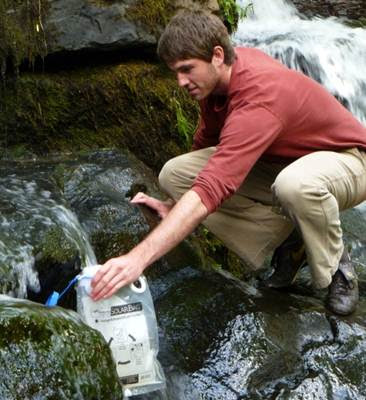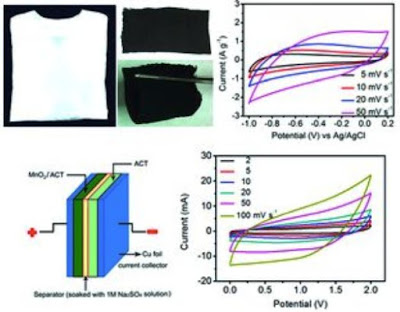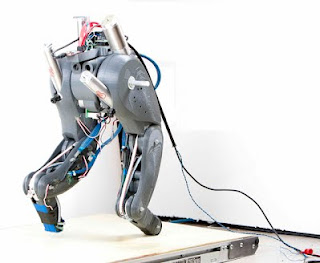Botiful Is an Awesome Android Robot You Can Control via Skype | PCWorld
Imagine if you could talk to your family, kids or friends on Skype, while following them around, looking at whoever you want whenever you want, and walking around the room freely as if you were there. Sounds cool, right? Botiful, a prototype currently being funded on Kickstarter, integrates with Skype and carries your Android phone around, letting whoever you're talking to control it as they wish.
Botiful the Android telepresence robot (with video) - Accessories - News - HEXUS.net
The Botiful project information page suggests that Botiful is useful for;- Skype video calls and video conferencing
- Baby monitoring
- Playing remotely with your children
- Safely inspect areas that are heard to get to, such as under the car
- Social events, almost be there when you can’t be present
- Visiting a place, while you are still at home
- Entertain and see a pet remotely
Botiful telepresence robot is extremely cute | Ubergizmo
Similar to a computer mouse that runs on wheels, the Botiful is more than just another spot for your smartphone to rest. Functioning as a standalone device, whenever one places a Skype video call over it with the user, the Botiful telepresence robot will work to its primary ability. The caller is able to check out all of the directional controls which enable them to manipulate the Botiful so that it functions as an active segment of the conversation. As the handset is held in place using a magnet, it will communicate over a Bluetooth connection. On-screen directional controls also allows users to move it around so that there are different perspectives to view from.
Botiful bot makes telepresence easy and affordable - Liliputing
If you back the project for $199 you get one of the first 150 Botiful bots for your very own. Techie folks interested in developing for the Botiful can get access to the SDK for pledges of $245 and up. The goodies get more interesting as you go up in price.
Currently, the project isn’t fully backed yet, though they’re almost halfway to the $90,000 goal. iPhone owners, don’t feel left out. If the project gets $100,000 in backing they’ll work on an iOS version, too.
Related
- Botiful, social telepresence robot for Android by Claire — Kickstarter
- Botiful Is The Telepresence Robot We’ve All Been Waiting For | TechCrunch
- Botiful Social Telepresence Robot For Android Hits Kickstarter (video) » Geeky Gadgets
- Insert Coin: Botiful telepresence robot for Android (video) -- Engadget
- Botiful: a Tiny Skype-Powered Telepresence Robot - YouTube



























